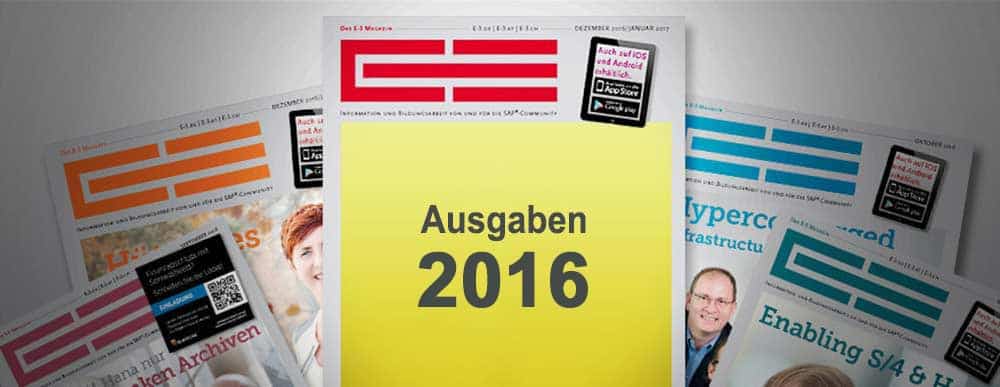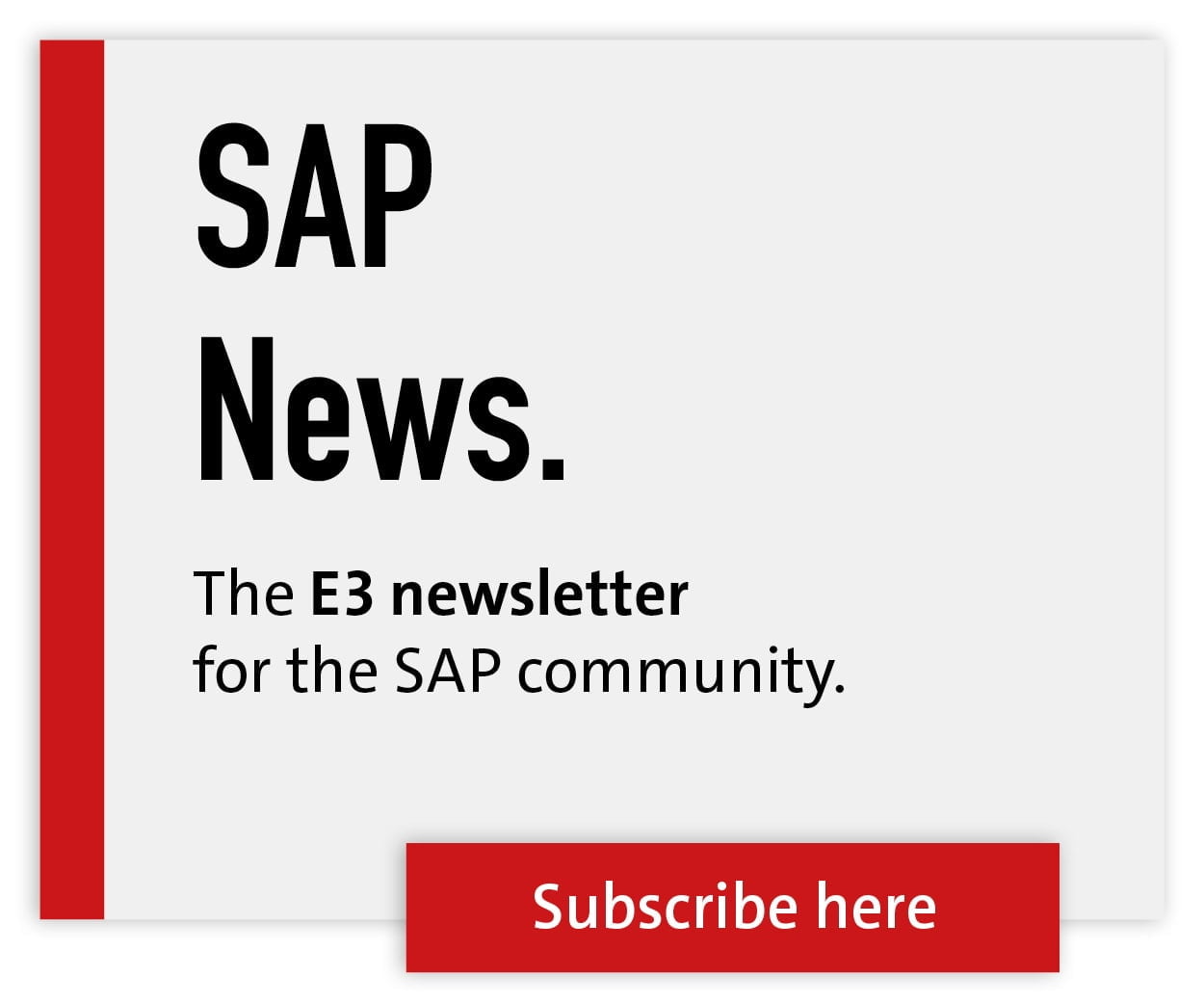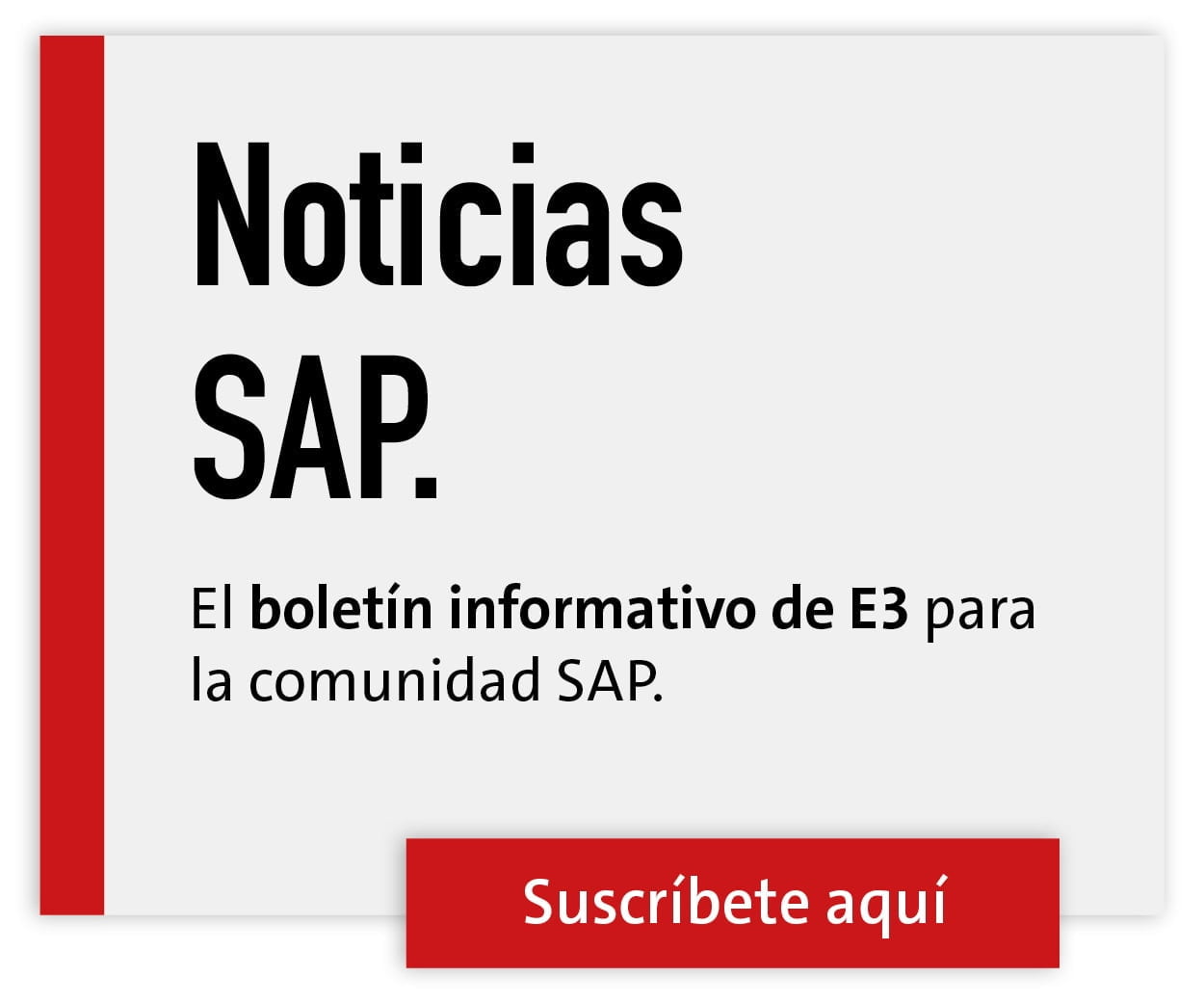SolMan from the cloud


Among other things, SAP partner Cellent specializes in customizing SolMan and also offers it as a managed service.
This makes it one of the few consulting companies worldwide to offer SolMan as a service certified by SAP. Companies benefit from the SMaaMS (SolMan as a Managed Service) by saving costs and resources during system implementation and also receive a recommendation on how to get the most out of the numerous options.
With the current version 7.1 of Solution Manager, SAP offers a wide range of functionalities to support SAP Application Lifecycle Management. For example, Guided Procedures in the Maintenance Optimizer help the company to maintain its SAP landscape particularly efficiently.
The use of EarlyWatch Alerts enables SolMan to be used as an early warning system for IT departments around the clock, replacing expensive support services outside of weekly working hours.
Cellent offers a scoping workshop before the one-time technical setup of the SolMan. In this workshop, functionalities are selected and all framework conditions, including a service level agreement, are defined.
The SolMan is hosted in the external data center. Companies can choose between a full-service and a self-service offering, or a combination. We conducted the following interview with Frank Vogt, Sales Expert for Managed Services at Cellent.
Offering SolMan as a managed service doesn't make customizing any easier. So what is the advantage?
Frank Vogt: Solution Manager is a powerful tool, but it is not easy to set up. It offers the possibility to manage the entire SAP system landscape - which is by no means the same in every company.
And because these system landscapes consist of more than just pure SAP solutions, Solution Manager has become a good IT service management tool. It can be used to centralize entire business processes - but that is time-consuming and not everyone's cup of tea.
What can the existing SAP customer do when using SolMan?
Vogt: This is where service providers like Cellent come into play: As a service, we offer to advise our customers on the use of Solution Manager and then set up the solution accordingly - with all the processes that are to be managed with it.
Key functionalities such as incident management, solution documentation, root cause analysis or technical monitoring are available via our certified Solution Manager system.
This means that customers no longer have to deal with many solution-specific questions: Which functionalities are mandatory? Which ones really bring them an advantage? Which ones are just right for them? What do they need to customize to get the most out of it? All of this is offered as a managed service by Cellent.
Cellent mentions that with SolMan, additional expenses are necessary in terms of licenses, software and hardware, which a managed service solution does not have. What licenses, software and hardware are involved here specifically?
Vogt: The savings potential is manifold. With SMaaMS, customers not only save the costs for in-house experts or training. They also save on implementation costs - for infrastructure, for example, i.e. hardware, but also time, because we already have the system running.
When we operate an SAP Solution Manager system for several customers, we can let the customers share in the synergy effects. When maintaining the system, we can perform ongoing tasks such as patches, upgrades, reporting or the use of templates more efficiently.
And in terms of licenses?
Vogt: Although SolMan itself is license-free for SAP customers, there are numerous third-party tools available for a fee. If several customers want to use a particular add-on, this leads to additional synergy effects.
What significant cost and resource savings can the existing SAP customer expect with SMaaMS? And why?
Vogt: Putting SAP Solution Manager into operation yourself costs a lot of resources and, above all, time. Many companies can't and don't want to handle that. It is possible to proceed slowly and implement the solution step by step - according to functional areas - but this does not reduce the overall effort.
For medium-sized companies in particular, it is more likely to pay off to outsource the effort and use the service offering. It is difficult to calculate this exactly, because it depends on which resources and which know-how are available or free at the companies.
And it also depends on which functional areas of Solution Manager are to be used. But our experience has shown that SMaaMS can save up to 70 percent in costs and resources.
Who controls and monitors the on-premise SAP system if the online connection to the external SolMan is not available?
Vogt: That is a question of where the connection hangs up. Basically, it is the carrier's task to ensure a secure online connection - and therefore also a question of SLAs: What availability or performance is agreed?
Noris, our data center partner, ensures a secure data connection to all major carriers through its own high-performance backbone and multiple redundant fiber optic connections.
In general, what sense does it make to take SolMan off-site while keeping the operational SAP system in your own data center?
Vogt: That makes sense, of course. Many of our customers rely on such a combination. And why not, this solution approach has already proven itself in other cases. How many legacy applications run in corporate data centers and are maintained and controlled externally?
It is simply a weighing of costs, including effort, and risks. The same applies to SAP Solution Manager. Even if the applications are running in-house, SMaaMS can save the customer considerable time and effort - and it also drives safer. Just think of ITIL compliance.
The reports are created, evaluated and analyzed by specialists. Proactive monitoring is carried out by Cellent - according to defined SLAs. This avoids risks. And the upgrades are automatic, without burdening the organization or generating costs.
In addition, the solution is on average much faster scalable, better secured and more available. The connection to the company's own IT landscape is guaranteed to work, problem solutions have already proven themselves with other customers, and the staff has relevant experience.
Where is the outsourced SolMan physically located and what measures regarding data protection and data security does Cellent offer?
Vogt: The Solution Manager is hosted in the Noris Network data center - this ensures scalability and fail-safety. High redundancy and multi-level emergency concepts ensure the security of customer data.
Like Cellent, Noris is of course ITIL-certified. With ISO/IEC 20000-1 and 27001, we meet the highest requirements for security and service quality for data center operations. Cellent is the sole contractual partner for the service.
In concrete terms, this means that Cellent is responsible for operating the application and the infrastructure for the SMaaMS - with all contractual obligations and consequences. This is precisely what we had certified by SAP in November 2015.






